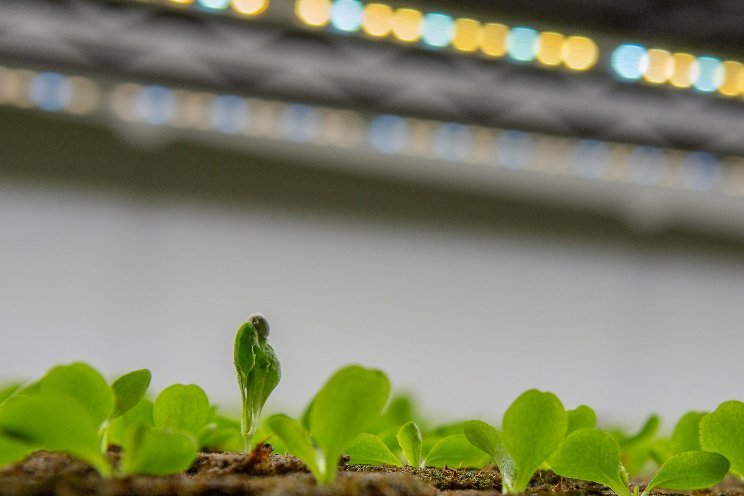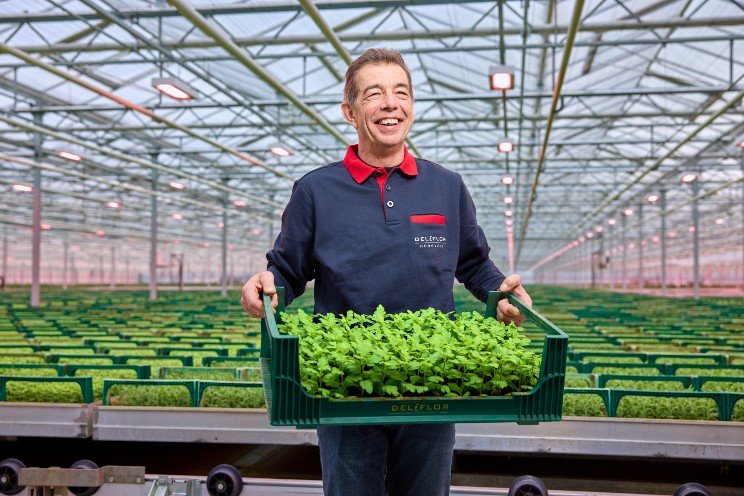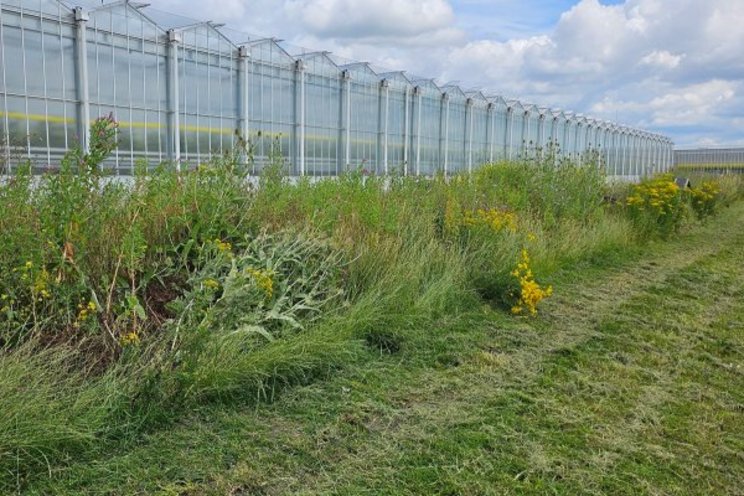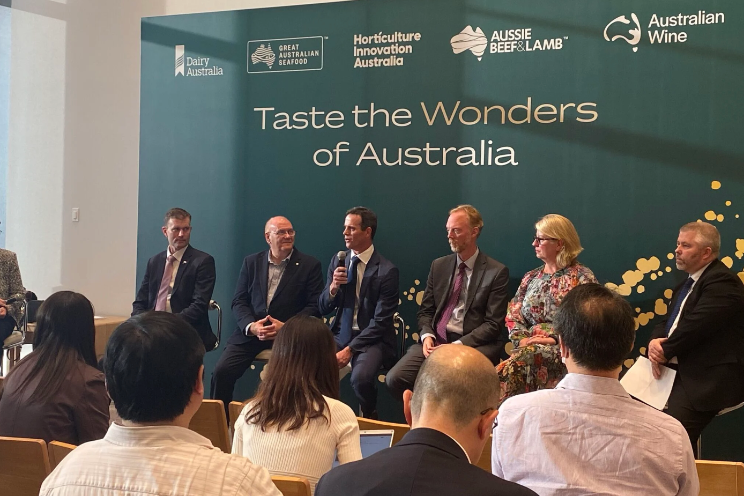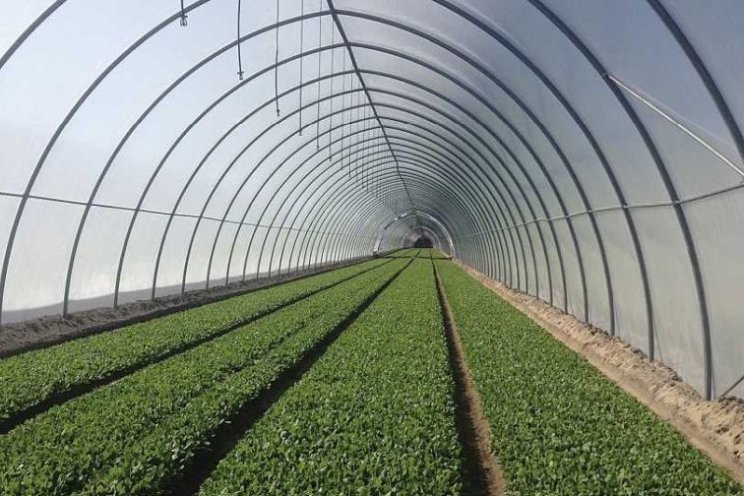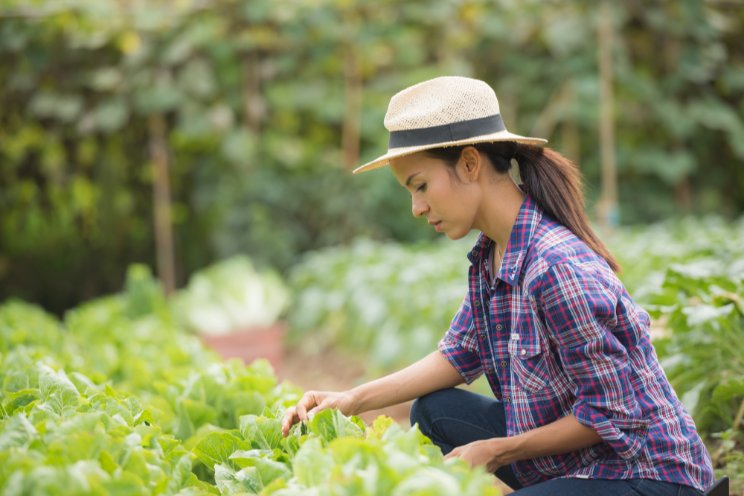Can renewable energy be used in VF?
Added on 04 July 2023
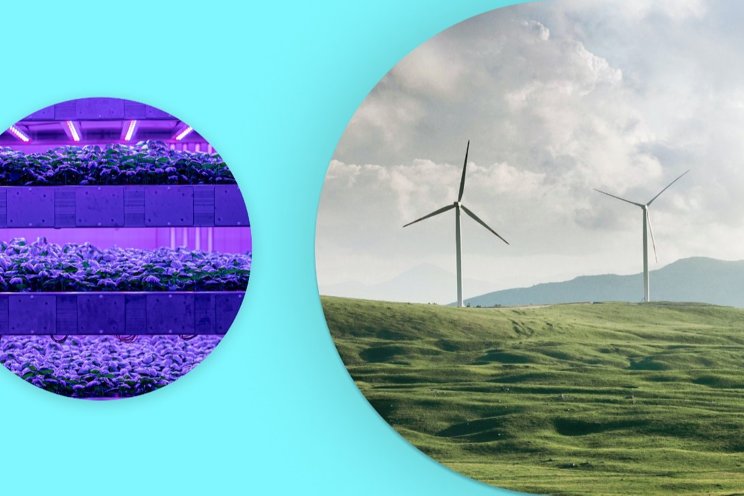
The agricultural industry is one of the largest consumers of natural resources from land to water, contributing significantly to environmental pollution and greenhouse gas emissions. Vertical farming has emerged as part of the solution to these challenges and as well as helping to reduce the impact on our environment, an IGS vertical farm can further enhance its credentials when powered by renewable energy sources.
In this blog, we explore the potential of renewable energy sources to power vertical farming systems.
What is a vertical farm?
Vertical farming is the process of growing plants vertically rather than horizontally along the ground, like in traditional farming. Vertical farms were created to form part of the solution to the global challenges that humanity is currently facing due to an unsustainable food system, such as CO2 emissions from inefficient supply chains, emissions from food miles, and scarcity of water and arable land.

Why is vertical farming critical for a more sustainable future?
One of the major benefits of vertical farms is their reduced land usage. Traditional agriculture practices require a significant amount of land to grow crops, but arable land is becoming scarce as populations continue to grow. By utilising vertical space, vertical farms can produce the same amount of food as an open-field farm, using only a fraction of the land. For example, ne 9 m Growth Tower, has a 41m2 footprint and a maximum growing area of 37 m2.
The agricultural industry is also one of the largest consumers of freshwater globally, accounting for the usage of 70% of freshwater sources on earth. Because vertical farms can recycle their water, their use can massively reduce water waste and increase water-use efficiency - an IGS farm uses 98% less water, compared to open field growing methods.
Compared to smart greenhouses our Growth Towers use around 73 per cent less water per kg of lettuce. IGS’ fully automated water and nutrient dosing system is integrated, meaning that the only water leaving the facility is in the crops themselves.
Vertical farms can also produce crops year-round, regardless of external weather conditions. This can help to reduce the carbon footprint associated with importing food from other regions, helping to improve food security.
Traditional agriculture also relies heavily on pesticides and herbicides to protect crops from pests and diseases. Vertical farms, however, create a controlled environment that removes the need for these chemicals, leading to fewer pollutants in the environment.
At IGS, we have developed a blend of machine learning (ML) and artificial intelligence (AI) to smartly control light and minimise energy consumption. The system provides multi-modal control of lighting including spectrum, delivering the light plants need to grow with optimised efficacy, helping vertical farmers to achieve maximum yield with efficient use of energy. Our patented technology features zero flicker lighting, further improving growing conditions for an indoor environment.
Photos: IGS
More news

